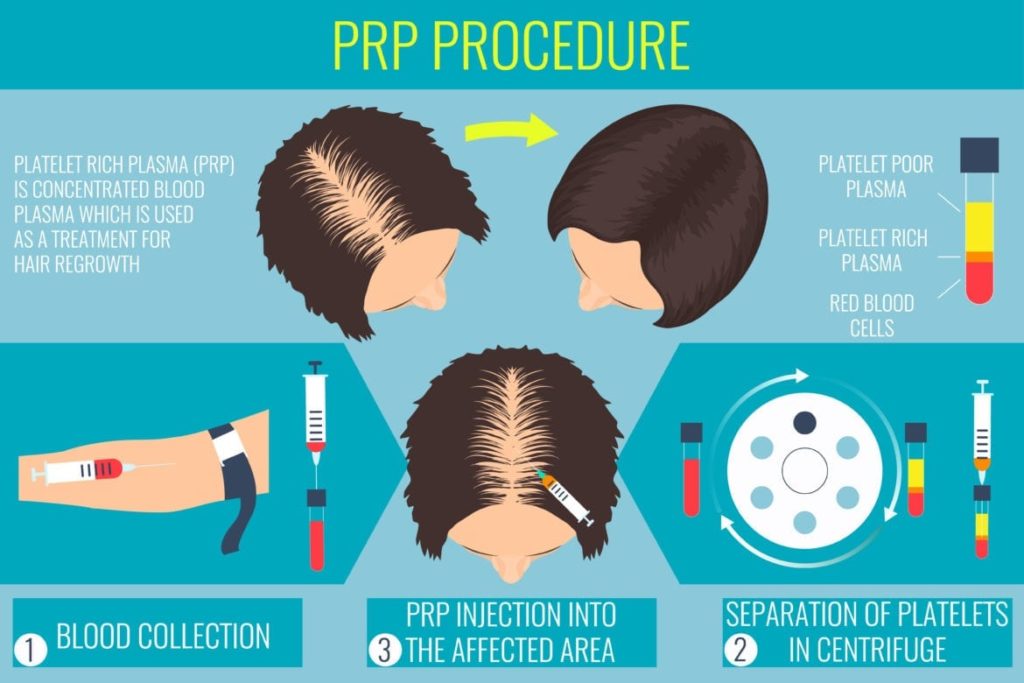This is a disease that develops when the body attacks its own hair follicles (where hair grows from), which can cause hair loss anywhere on the body.
Is your part widening? Have you noticed that your ponytail is thinner these days? You may have female pattern hair loss (FPHL), a condition that affects millions of women. FPHL is actually the most-common cause of hair loss in women.
The medical name for hair loss is “alopecia.” Frontal fibrosing alopecia is a specific type of hair loss. It destroys the hair follicles (openings out of which hair grows), causing permanent hair loss. With an early diagnosis and medical treatment, it’s possible to stop the disease from progressing and causing further permanent hair loss.
To pinpoint the cause of your hair loss, a dermatologist begins by gathering information. Your dermatologist will:
If your dermatologist suspects that the cause of your hair loss could be a disease, vitamin deficiency, hormone imbalance, or infection, you may need a blood test or scalp biopsy. These tests can be done in your dermatologist’s office.
Once your dermatologist has this information, it’s often possible to tell you what’s causing your hair loss.
Sometimes, your dermatologist needs more information. This might be the case if someone has more than one cause. For example, a woman may have had a baby a few months ago, and this may be causing obvious hair shedding. She may also have early hereditary loss, which isn’t so obvious.
Plasma (liquid)
Red blood cells
White blood cells
Platelets
When you have an injury, you may be aware that the platelets in your blood stop the bleeding by forming a blood clot. But these small cells also contain proteins, growth factors, and stem cells that initiate healing.
PRP contains a high concentration of platelets and has amazing healing and regenerative properties that rebuild everything from joints to hair to skin.
PRP for hair loss and hair restoration is a viable, cutting-edge solution with little to no side effects or downtime. When injected into your scalp, the stem cells and healing properties in PRP prolong the growing phase of your hair cycle.
The growth factors in PRP also stimulate your dormant hair follicles to resume hair growth or create new hair follicles.
Dr. Miller-Thrasher is an experienced cosmetic surgeon who develops personalized treatment plans for managing your hair loss. She reviews the details of your plan at your consultation so you know what to expect.
She performs your PRP for hair loss at the office. Initially, she draws a sample of blood from your arm. The blood is then spun in a centrifuge to separate the components, including the layer of PRP. Once your PRP is ready, she injects it into specific areas of your scalp.
Because hair grows in cycles, Dr. Miller-Thrasher recommends a series of PRP treatments to get the best results.
The number of treatments depends on the severity of your hair loss. She may suggest monthly PRP injections for the first three months, then continued injections every 3-4 months for up to two years.
You may notice more hair growth in the treated areas within the first three months.
For a cutting-edge solution for hair restoration, contact Innovative Women’s HealthCare Solutions by phone or online today.
